| Pitomba - Eugenia luschnathiana | |||||
|---|---|---|---|---|---|
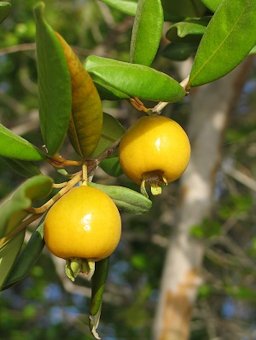 Fig. 1 Pitomba, Eugenia luschnathiana 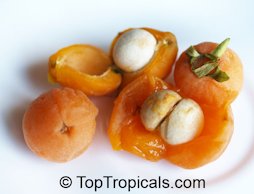 Fig. 2  Fruit, flesh and seeds  Fig. 3  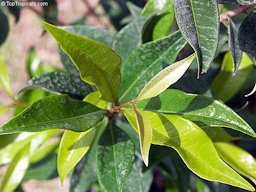 Fig. 4  New leaf growth  Fig. 5  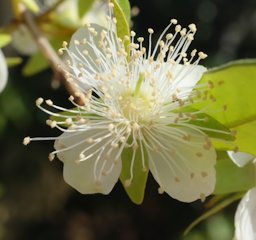 Fig. 6  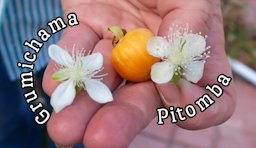 Fig. 7  Grumichama flower vs pitomba flower 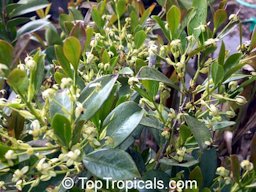 Fig. 8  Flower habit 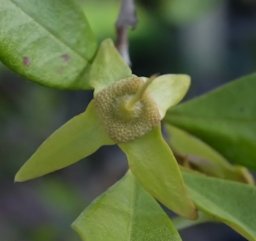 Fig. 9  Developing pitomba fruit  Fig. 10  Fruit forming 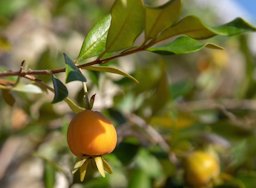 Fig. 11  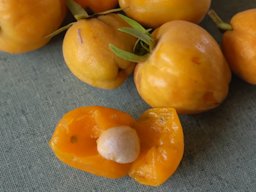 Fig. 12  A bumper crop, Florida US 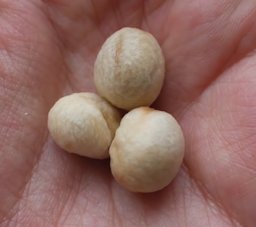 Fig. 13   Fig. 14  Pitomba bush 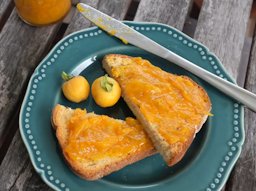 Fig. 15  Pitombas make delicious preserves |
Scientific
name Eugenia luschnathiana Klotzsch & O.Berg Common names English: pitomba; Brazil: uvalha do campo, ubaid do campo, or uvalheira Synonyms Eugenia duckeana Mattos; E. lucescens Nied.; Phyllocalyx luschnathianus O.Berg 5,7 Relatives Allspice, Pimenta dioica; cherry of the Rio Grande, E. aggregata; grumichama, E. brasiliensis; guava, Psidium spp.; jaboticaba, Myrciaria cauliflora; Surinam cherry, E. uniflora; uvalha, E. uvalha Family Myrtaceae (myrtle family) Origin Bahia, Brazil Uses Fruit; specimen or screening hedges Height Up to 25 ft (7.6 m) Width 15 ft (4.6 m) 4 Crown Densely foliated; medium texture Plant habit Large shrub or small tree; upright and compact habit Growth rate Slow Trunk/bark/branches Short; single trunk; flaking grey bark 3 Leaves Evergreen; opposite, lanceolate, 2-3 in. (5.1-7.6 cm) long, dark and glossy Flowers White, 4 petals; prominent tuft of white stamens; Mar.-June Fruit Bright orange-yellow, obovate, 1.5' diameter; smooth, thin, glossy skin; juicy Season July, Aug.; light fall crop Light requirement Full sun; tolerates part shade Soil tolerances It will grow on most soils pH preference 5.5-6.5; not tolerant of alkaline soils Aerosol salt tolerance Excellent Soil salt tolerance Excellent salt tolerance if in good condition nutritionally 4 Wind tolerance High Cold tolerance 27 °F (-2.8 °C) Roots Shallow root system Pest/disease resistance Susceptible to the Caribbean fruit fly Known hazard None Reading Material The Pitomba, Manual Of Tropical And Subtropical Fruits Pitomba, Fruits of Warm Climates Selected Eugenia Species, University of Florida pdf (archived) The Pitomba,
University of Florida, Palm Beach County Origin This little-known species is native to the State of Bahia, Brazil, is cultivated to a limited extent locally and is grown in the botanical garden in Rio de Janeiro. Seeds were brought to the United States from Brazil by plant explorers for the federal Department of Agriculture in 1914 (S.P.I. #37017). A very few specimens, scarcely more than shrubs, have been grown to the fruiting stage in southern Florida. The pitomba was at first considered promising for this area but has made no progress at all in the last 40 years. 2
Eugenias, South American Berries, Sub-Tropical Fruit Club of Qld Description The pitomba is an attractive, small tree that produces and abundance of yellow, aromatic, cherrylike fruit. However, it is rarely seen outside of collections. While the pitomba is not likely to achieve commercial status in Florida, it makes an excellent dooryard crop and is worth planting on a broader scale. The treee is easy to care for and is relatively free of problems. However, the fruit is subject ot attack by the Caribbean fruit fly. 3 Leaves The leaves are lanceolate, 3 inches long, glossy and deep green on the upper surface, light green below. 4 New growth is temporarily coated with bronze hairs on the underside. 2 Flowers Snowy white yellow flowers up to an inch and a half across are borne during the spring months and the fruit ripens about a month to six weeks later. Flower season is usually April through June. 4 Fruit The fruit is broadly obovoid, about an inch long, with the apex crowned by 4 or 5 green sepals, about 1/2 inch long. The thin skin is a bright orange yellow. The soft, melting, juicy flesh is orange in color and aromatic, sweet to subacid in flavor. The fruit contains 1 to several seeds attached to one side of the seed cavity. The fruit matures from May to June and sometimes there is a light crop in the fall. The pitomba usually begins fruiting in about the fourth year after planting. 6 Propagation Pitombas are easily propagated by seeds, but superior varieties that have larger or better quality fruit can be veneer-grafted. There are no named varieties of pitomba available currently, but people do select from larger or more heavier bearing varieties and propagate those by grafting. Seeds are used by most nurserymen for propagation and seedlings take two or more years to begin fruiting. 4 Planting Trees grow readily over a wide variety of soils, but have less micronutrient problems under acidic conditions. If grown close to the coast usually they have excellent salt tolerance if in good condition nutritionally. Trees prefer sun for optimum fruiting, but will tolerate partial shade. 4 Irrigation It requires irrigation during establishment and during periods of drought. 3 Pests The tree, like its cousin the cherry of the Rio Grande, may suffer from an unexplained dieback. This is rarely fatal. Maggots of the Caribbean fruit fly sometimes ruin the fruit. 3 Caribbean Fruit Fly, Anastrepha suspensa (Loew), University of Florida pdf Diseases No serious disease problems. Food Uses The fruits are there used mainly for jelly, preserves, and carbonated beverages. 2
Other Uses Because of its slow growth habit, it makes an excellent container plant. It can grown and fruit quite well in seven-to-ten-gallon-sized containers. Other Edible Eugenia species: Cherry of the Rio Grande, E. involucrata Grumichama, E. brasiliensis Rain Forest Plum, E. candolleana Surinam Cherry, E. uniflora List of Growers and Vendors |
||||
| Bibliography 1 "Eugenia luschnathiana." Wikipedia, wikipedia.org. Accessed 2 Mar. 2015. 2 Fruits of Warm Climates. Julia F. Morton, Miami, 1987. 3 Boning, Charles. Florida's Best Fruiting Plants: Native and Exotic Trees, Shrubs and Vines. Sarasota, Pineapple Press, 2006. 4
Joyner, Gene. "The Pitomba." UF/IFAS, Palm Beach County
Extension, AskIFAS,
ifas.ufl.edu.
Accessed 6 Mar. 2015. Videos v1
"All
About Pitomba!" Truly
Tropical, 10 Oct. 2018, (CC0),
www.youtube.com/watch?v=vEGAKJDP4Kg. Accessed 5 Oct. 2021. Fig. 1 Sergio,
Antonio. "UBAIA - Eugenia luschnathiana,
Myrtaceae." Flickr, 2006, flickr.com.
Accessed 2 Mar. 2015. Fig. 3,5,14 Bronson, Eric. "Eugenia luschnathiana." I likE plants!, Wikimedia Commons, 2009, (CC BY-NC-ND 3.0 US), commons.wikimedia.org. Accessed 2 Mar. 2015. Fig. 6,9,11,15 "A Bumper Crop of Pitomba!" Truly
Tropical, 30 Apr. 2021, (CC0),
www.youtube.com/watch?v=3M0wacGAXBE. Accessed 5 Oct. 2021. ** Information provided is not intended to be used as a guide for treatment of medical conditions. Published 2 Mar. 2015 LR. Last update 6 Oct. 2021 LR |
|||||